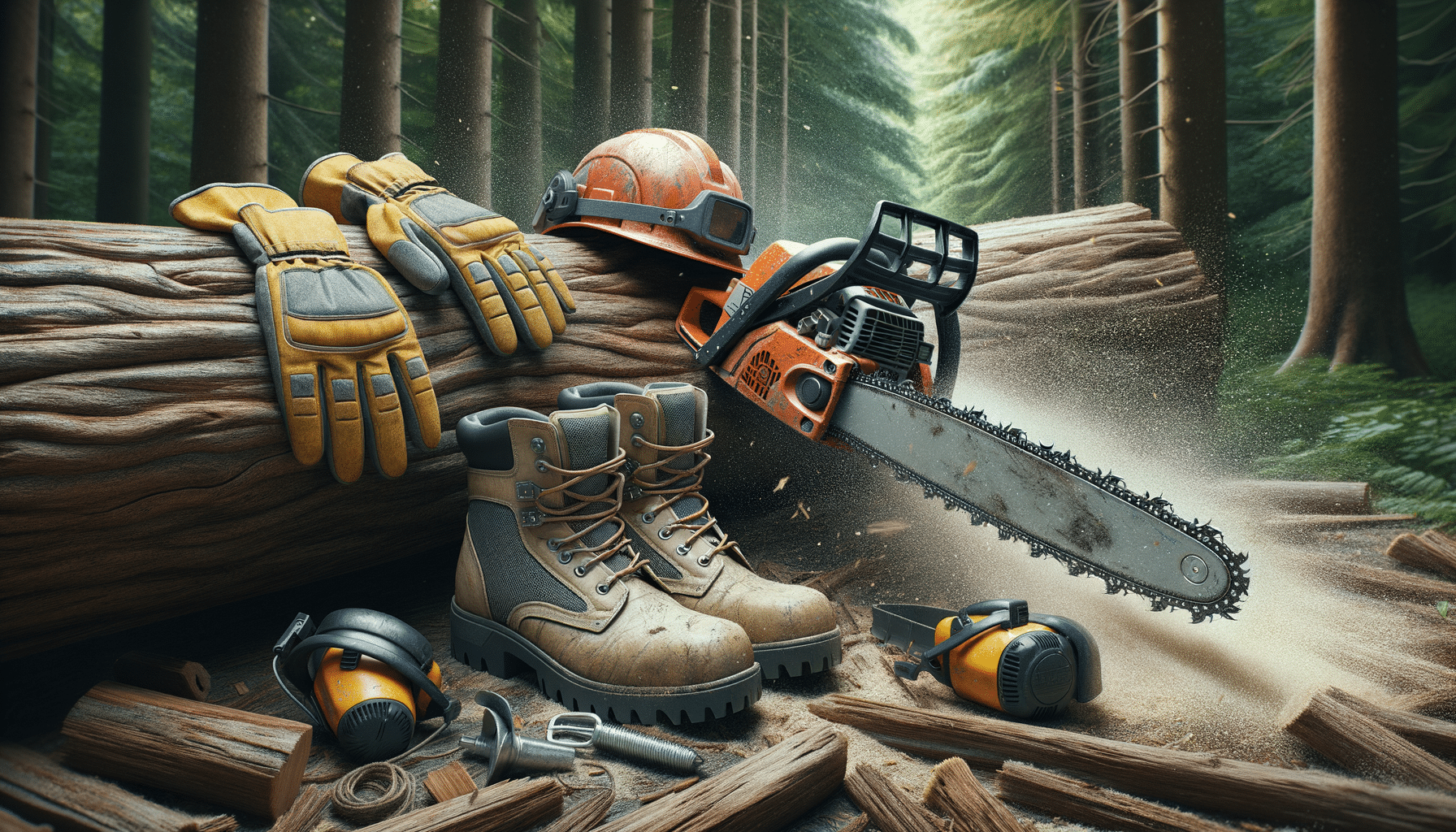
Choosing the Perfect Chainsaw: A Comprehensive Guide to Types and Selection
Understanding Chainsaw Types: A Diverse Landscape
Chainsaws are versatile tools essential for various tasks, from simple backyard maintenance to professional forestry work. The first step in choosing the right chainsaw is understanding the different types available. Chainsaws can generally be categorized into three main types: gas-powered, electric, and battery-operated. Each type has its unique features, benefits, and potential drawbacks.
Gas-powered chainsaws are renowned for their power and mobility. They are well-suited for heavy-duty tasks, such as felling large trees or cutting thick logs. These chainsaws require regular maintenance, including fueling and oiling, but they offer the advantage of being usable anywhere without the need for a power source.
Electric chainsaws, on the other hand, are often lighter and quieter than their gas counterparts. They are ideal for smaller tasks and residential use, where noise might be a concern. Electric chainsaws require a constant power source, which can limit mobility but makes them a convenient option for those with access to outdoor power outlets.
Battery-operated chainsaws combine the mobility of gas-powered models with the convenience of electric ones. These chainsaws are becoming increasingly popular due to advances in battery technology, offering longer run times and more power. They are perfect for medium-duty tasks and are appreciated for their ease of use and lower maintenance requirements.
Choosing the Right Chainsaw for Your Needs
When selecting a chainsaw, consider the specific tasks you plan to undertake. For occasional light pruning or trimming, a compact electric or battery-operated chainsaw might suffice. However, for more demanding jobs, a robust gas-powered model could be necessary.
Consider the following factors when choosing a chainsaw:
- Power and Performance: Assess the power output needed for your tasks. Gas-powered chainsaws offer the most power, while electric and battery models are suitable for less demanding tasks.
- Portability: If you need to move around a lot, consider battery-operated chainsaws for their mobility and ease of use.
- Maintenance: Determine your willingness to perform regular maintenance. Gas chainsaws require more upkeep than electric or battery models.
- Noise Levels: Consider noise restrictions in your area. Electric chainsaws are typically quieter than gas-powered ones.
By understanding these factors, you can select a chainsaw that aligns with your specific needs and preferences.
Safety Considerations: Using Chainsaws Responsibly
Safety should always be a top priority when using chainsaws. Regardless of the type, chainsaws are powerful tools that require careful handling. Here are some essential safety tips to keep in mind:
- Protective Gear: Always wear appropriate safety gear, including gloves, goggles, ear protection, and chainsaw chaps.
- Proper Training: Ensure you are adequately trained in operating a chainsaw. Familiarize yourself with the user manual and safety features.
- Regular Maintenance: Keep your chainsaw in good working condition by performing regular maintenance, such as sharpening the chain and checking the oil levels.
- Environmental Awareness: Be mindful of your surroundings, ensuring there are no obstacles or people nearby when operating the chainsaw.
By following these safety guidelines, you can minimize the risk of accidents and ensure a safe working environment.
Environmental Impact: Choosing Eco-Friendly Options
With growing concerns about environmental sustainability, many individuals are seeking eco-friendly chainsaw options. Battery-operated chainsaws are generally more environmentally friendly than gas-powered models, as they produce no emissions and are quieter, reducing noise pollution.
Electric chainsaws also have a lower environmental impact, provided the electricity used is sourced from renewable energy. Additionally, some manufacturers are focusing on creating chainsaws with eco-friendly materials and sustainable manufacturing processes.
Consider the following eco-friendly practices when using chainsaws:
- Opt for Battery or Electric Models: These models produce fewer emissions and are quieter, making them more environmentally friendly.
- Use Biodegradable Oils: Some chainsaws are compatible with biodegradable bar and chain oils, reducing environmental harm.
- Recycle and Dispose Properly: Ensure proper disposal of old chainsaws and batteries to minimize environmental impact.
By choosing eco-friendly options and practices, you can contribute to a more sustainable environment.
Conclusion: Making an Informed Decision
Choosing the right chainsaw involves understanding the different types available, assessing your specific needs, and considering safety and environmental factors. By weighing these considerations, you can make an informed decision that ensures efficiency and safety in your tasks.
Remember to prioritize safety, opt for eco-friendly practices when possible, and select a chainsaw that aligns with your requirements. Whether you’re a professional or a homeowner, the right chainsaw can make all the difference in your outdoor projects.

